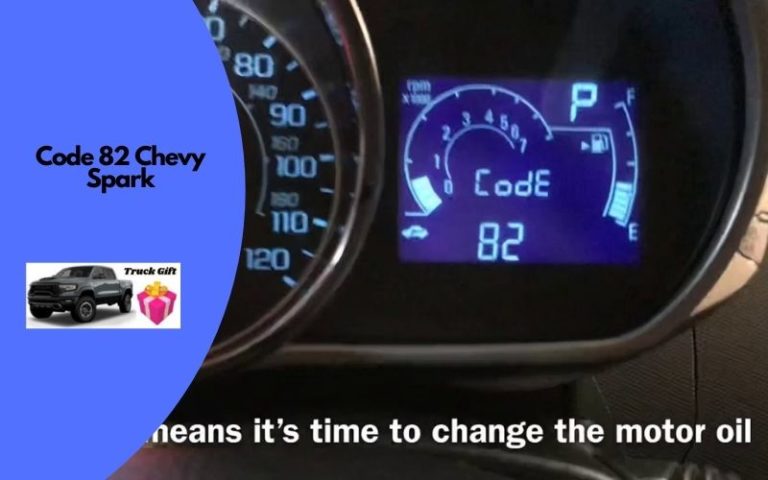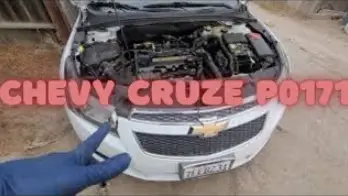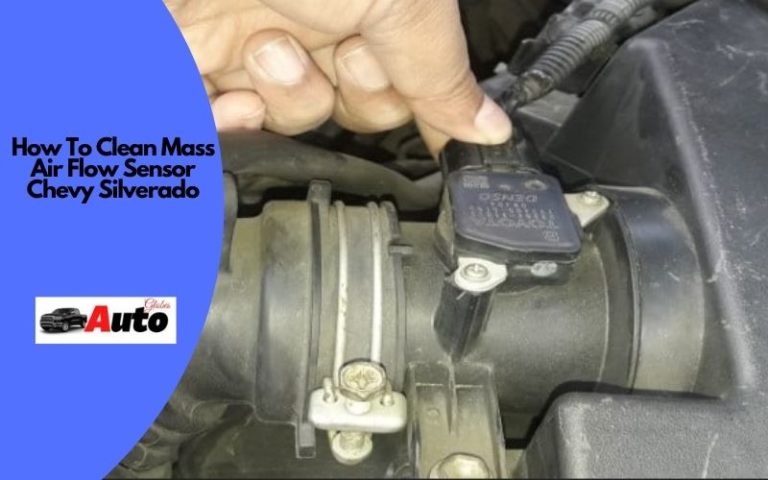How To Reset Tire Pressure Sensor A Chevy Truck?[Easy Steps]
Imagine waking up every morning and getting ready for work, only to see the tire pressure light beeping even after getting the tires filled. That’s the call for a reset. You might be wondering how to reset the tire pressure sensor on a Chevy.
Well, it’s quite simple. Get yourself a GM TPMS relearn tool. Toggle through your vehicle display to get to the relearn tire pressure section. Turn off the engine and the headlights. Point the tool towards the tires then click on reset and it should be done when you hear a horn beep.
Easy, isn’t it? Stick with this write-up for further insight on this topic. We would be answering similar questions along the way.
How do you find which TPMS is not working?
It’s not everyone’s cup of tea to diagnose the problem with the TPMS sensor. It requires good knowledge of automobile parts and some prior experience. But don’t worry as we’ve got you covered. Follow the steps below for a proper diagnosis:
Step 1: Fill Your tires
Get all your car tires filled to the recommended pressure and make sure none of the tires are leaking.
Step 2: Release air from tires
Open up the air passageways to release some of the pressure. Then seal the opening and check the display panel for the pressure readings of each tire. However, if no readings are detected for a tire then that TPMS sensor is obviously bad.
Step 3: Get Yourself A Digital Pressure Gauge
You can measure the pressure in each tire using the digital pressure gauge. If the readings of the gauge don’t match the pressure readings on the display panel for a specific tire, then that tire has a faulty TPMS sensor.
How To Reset Tire Pressure Sensor Chevy?
As difficult as it may appear, resetting the tire pressure sensor on your own is actually pretty simple. It all gets done like a breeze especially when you have the TPMS tool. So without further ado let’s jump straight into steps:
Step 1: Setup the Vehicle
To get started, turn off the car and go to the display panel. Continue toggling through the car details until you find tire information. Stay still because you can retrain your tire position.
Step 2: Activate The Learning Command
Press the lock and unlock feature simultaneously using your car keys. Then wait for the car horn to blow twice. Thus, indicating that the system is ready to reset the sensors.
The display would also show the following phrase; “Tire Learn Active” .this also tells that the sensors are ready. Now, turn off the automatic headlights of your Chevy.
Step 3: Step Outside The Vehicle And Reset
You’ll notice that the left front side tire marker is illuminated as you get out of your automobile. This means that while resetting the sensor, you should begin with the driver’s side tire.
Now take your GM TPMS reset tool and point it towards the tire and then click on the reset button. You will notice that there is a horn beep along with the marker light on the tire you just reset had been removed. This guarantees that the pressure sensor for that particular tire has been reset.
To reset all of the pressure sensors, repeat the operation with the other tires. It’s worth noting that the horn will sound again once you’ve done resetting the last tire to check that all of the tire pressure sensors have been reset.
When Should I Reset My Tire Pressure Sensor On Chevy?
It’s unlikely that you’ll go unnoticed when your Chevy’s tire pressure sensors need to be reset. Even if you see the indicators, it can be difficult to determine the source of the problem. Let’s look at some common signs, shall we?
To begin with, if the TPMS warning light keeps going on even after you’ve filled up your tires to the recommended pressures, then it is an obvious sign of when to reset your TPMS sensor.
There might also be other issues such as ABS light illuminating unpredictably due to problems in the pressure sensor. Tire pressure sensors could be the source of some common problems, such as excessive fuel use and poor steering.
Do You Need To Reset Tpms After New Tires?
This actually depends on two important factors. Whether you have a direct TPMS sensor in your car or the indirect ones. Let’s start with the direct ones.
If you have a direct TPMS sensor in the car then you wouldn’t need to reset anything manually. This is because the TPMS sensors reset automatically when the tires are changed.
However, for indirect TPMS systems, you would need a mechanic to manually reset the TPMS sensors once the tires are changed. Otherwise, you have to live with the TPMS warning light on your dashboard.
Why Is My Tire Light On But Tires Are Full?
Several factors come into play for this kind of situation. Most importantly the battery of the TPMS sensors which have a life expectancy of 6 to 10 years. So if your battery is older than 10 years, maybe it’s time for it to be replaced.
Other factors such as a defective display panel or cold weather could also cause this. Since cold weather compresses the air, it may interfere with the pressure readings. But if you’ve not reset the TPMS sensors after changing your tires then that is the first problem that needs to be fixed.
How much does it cost to fix a tire pressure sensor?
The cost of replacing a tire pressure sensor varies based on your vehicle’s model and the type of repair you want to undertake. For resetting the TPMS sensor itself, you would only need the GM TPMS reset tool and can do it all by yourself. The tool itself costs only $150.
However, if your TPMS sensors are faulty or damaged then they might need fixing or replacements and the cost for the TPMS sensors of each tire would range from $80 to $250 which is quite a handful considering that there are 4 tires.
Verdict
A defective tire pressure sensor can bring you a lot of trouble, as well as the risk of a car accident. However, if you’ve stuck with this article all the way to the end, you should be able to easily reset your Chevy’s tire pressure sensors.
Without any prior experience, this simple task becomes a catastrophic mess. A little skipping of a step could make this process seem endless and tedious.
That is why proper guidance is always worth the read. Whether you’re an enthusiast or a regular driver, taking care of your tires is not only a necessity but also a responsibility. As such repairs could save you and your family from future mishaps.
Related Posts:

![How To Adjust Camber On Chevy Truck? [5 Easy Steps Guide]](https://truckguidepro.com/wp-content/uploads/2021/08/How-To-Adjust-Camber-On-Chevy-Truck-768x480.jpg)




